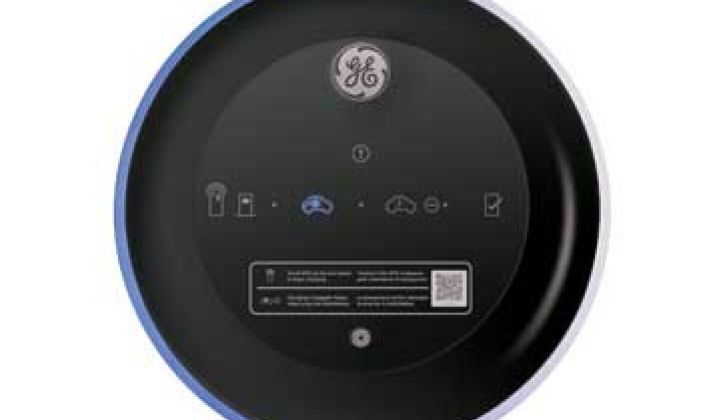The question of how electric vehicle drivers will pay for charging outside of their home or immediate network has many answers. At the moment, it doesn’t really matter, as most charging happens at home, and many companies that have installed a charger for their employees pick up the tab.
But if EVs and plug-in hybrids are taken up by mass market, that will change. In an effort to think ahead, General Electric Energy’s Industrial Solutions group announced an agreement between its WattStation EV charging platform and PayPal.
The WattStation Connect mobile app will allow customers to pay for EV charging through PayPal. This would allow municipalities and other public charging stations to provide charging without picking up the cost of providing the energy or setting the pricing structure; however, they want end-customers to be able to use their mobile app to make the payment.
“Simplicity and convenience are key to mass adoption of any new technology, something we know well at PayPal,” Scott Dunlap, vice president of emerging opportunities at PayPal said in a statement. “Together with GE Energy’s Industrial Solutions business, we’ve made recharging your electric vehicle easier than filling a gas tank. We are pleased to be a part of this important initiative.”
Drivers would open their app and scan the quick response, or QR, code on the WattStation charger. The QR code is essentially a newfangled version of a barcode. The QR code identifies the charger and then processes the payment through PayPal.
Most early EV adopters are tech-savvy and likely already have a PayPal account and a smart phone, said Michael Mahan, product general manager of EV infrastructure for Industrial Solutions. For those who don’t want to use their smart phone, there’s an option to get a card with an RFID chip online.
Other charging companies have different schemes to keep people in their network. In Texas, NRG Energy has the eVgo charging network in the Dallas and Houston areas. Users pay a flat fee for home and away charging, which CEO David Crane has described as an “all-you-can-eat buffet.” The network will be expanded to California, pending the outcome of an ongoing lawsuit.
General Electric, along with AeroVironment and Siemens, is providing the chargers for the eVgo network. But since this is still the Wild West when it comes to EV charging, it’s likely that each company that makes the infrastructure will try out various business models to see what sticks with early adopters.
Another option from ECOtality is that customers can choose to pay an annual fee, or no fee, and that changes the cost of filling up in the Blink Network.
Coulomb Technologies, which has independently-owned charging stations at more than 875 companies, allows the host to choose how much to charge, if anything at all, similar to WattStation, with no fee to the driver to use the network.
When GE was designing the WattStation user experience, the company didn’t want the consumer to have to pay a monthly fee or have a card or key fob on them when they pull up to a GE charger. “You simply pay as you go,” said Mahan. “That’s the experience most people are used to when they’re filling up their cars.”



